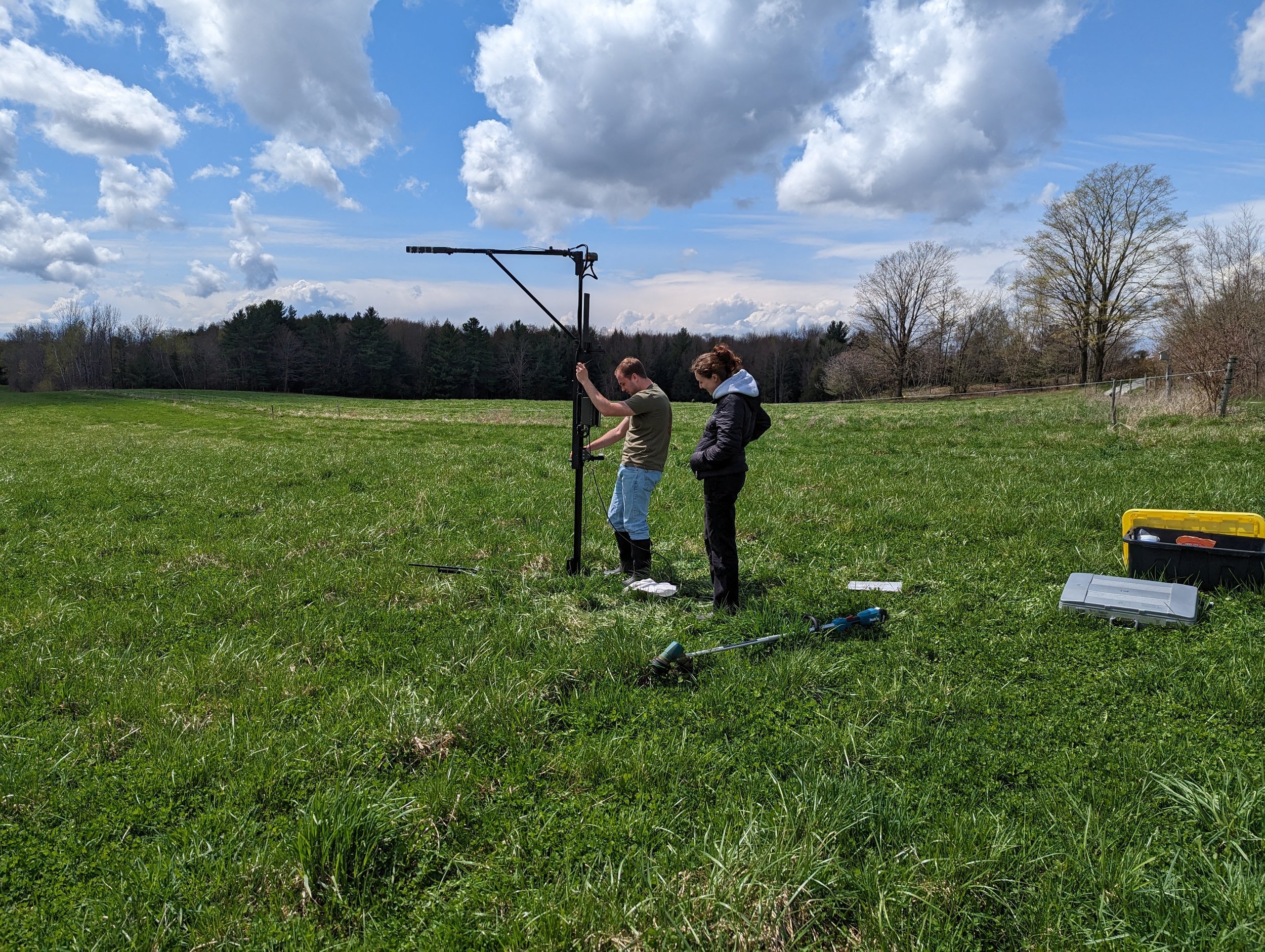
LandWEB (Land Community, Water, Energy, Biomass) is a 501(c)(3) environmental research nonprofit dedicated to providing landscape feedback to support land stewards and their communities in healing our watershed homes.
Our work aims to increase community environmental security by implementing a framework for an ecologically based, climate smart, community-driven strategy to become more resilient in the face of changing ecological conditions and extreme weather. Our local communities in Vermont, much like the rest of the globe, are in a place of high risk and uncertainty related to extreme weather. Recent drought and flood have caused lasting financial impacts within the state. Historically large storms and rainfall events such as 2011’s Tropical Storm Irene have also had lasting impacts on Vermont’s community infrastructure, especially in the town centers. Land managers, like farmers and foresters, make decisions every day that impact the resilience of Vermont’s lands. Our system is designed to give them additional information to support their intuition and management decision-making.
LandWEB’s scientific and modeling system is based in the field of environmental biophysics. At the core of environmental biophysics is the idea that all life depends on the transport of three physical components: energy, water, and carbon. These operate in a system of soil, plants, the atmosphere, and other living beings. Modeling the flows of these components can provide an effective means of monitoring complex soil-plant-atmosphere systems.
LandWEB provides instrumentation and services for measurement and analysis of environmental variables, including soil, weather, solar radiation, water, and vegetation, and develops and maintains environmental models for synthesis and interpretation of these data. LandWEB models take in data collected by our field team as well as other remote sensing and weather data to produce landscape feedback outputs including:
Key physical, chemical, and topographical soil properties
Leaf area index
Biomass
Plant available water
Detailed energy and water budgets
Key components of nutrient budgets
Our system gives participating farmers continual landscape feedback as they manage their land in order to:
Maximize infiltration and water holding capacity
Reduce flooding
Recharge groundwater
Reduce nutrient loss
Increase rooting depth and topsoil health
Improve soil quality and overall grazing lands health to the benefit of livestock, pollinators and other wildlife
Improve financial performance on farms
All functioning systems require informational feedback to be effectively managed, and we aim to not only support farmers in producing environmental benefits, but support accelerated farm and community learning to maximize that benefit. As our land managers experiment with healing our watersheds, their valuable learning can be shared across the state and beyond to support ecosystem health and climate resilience across the globe.
Support us
Consider supporting our work to provide rigorous scientific feedback to land stewards to heal our watersheds by donating today!



